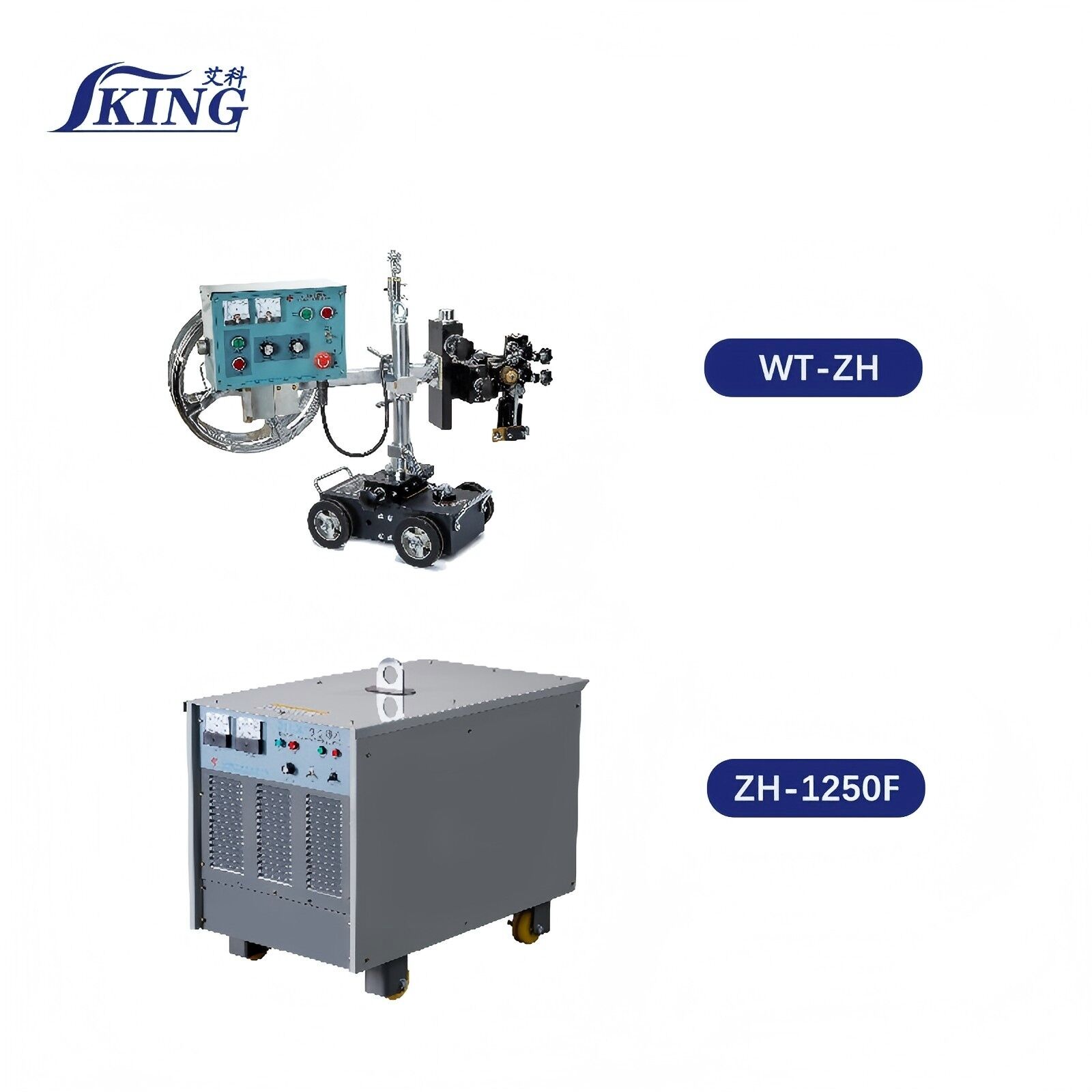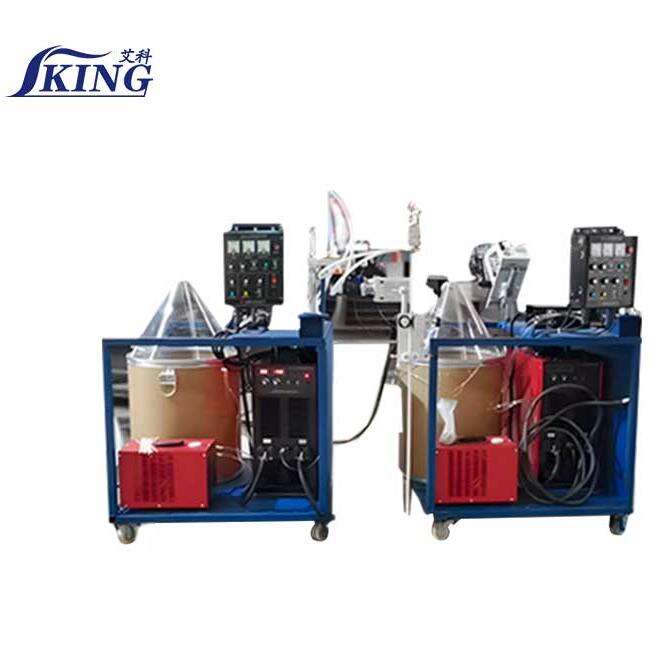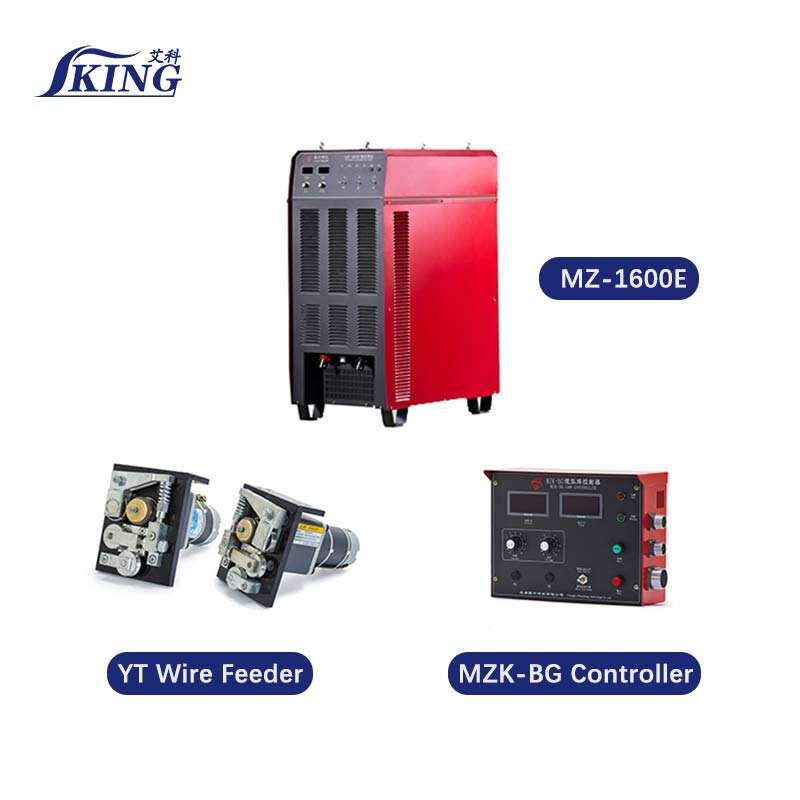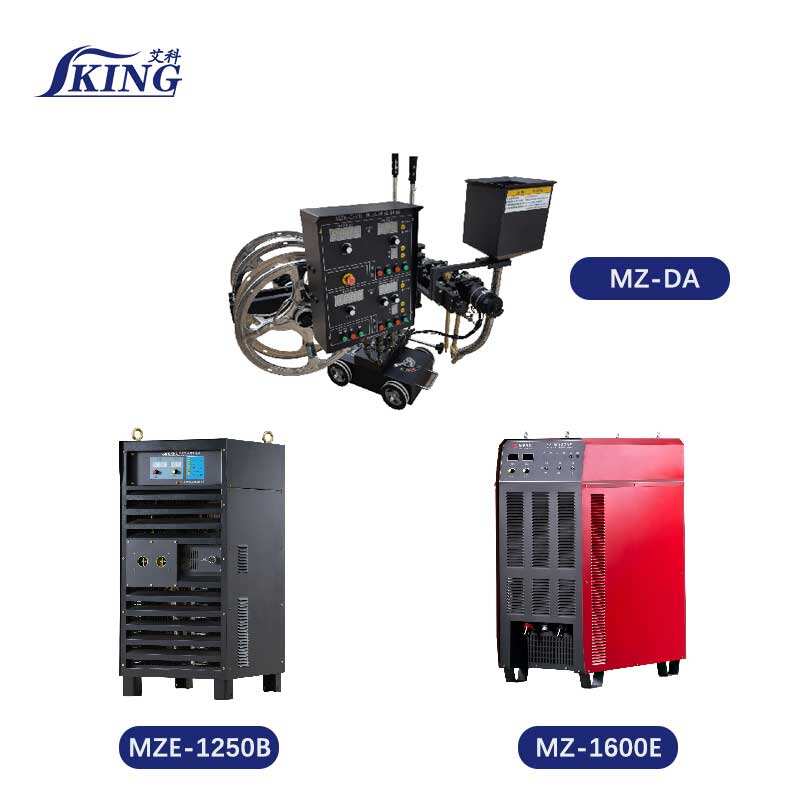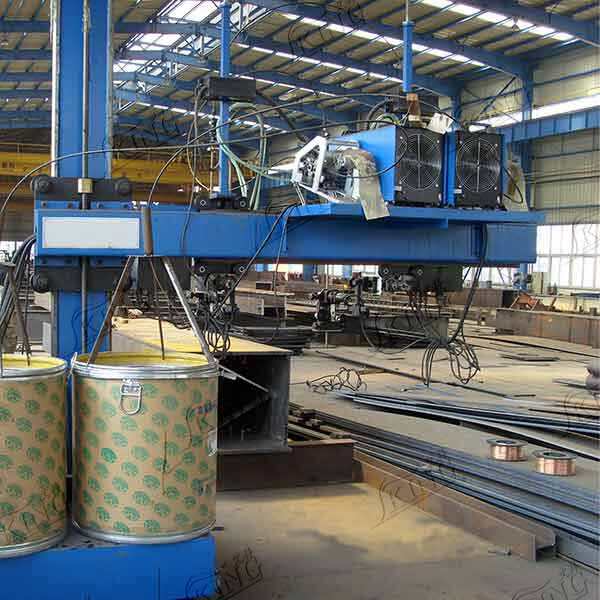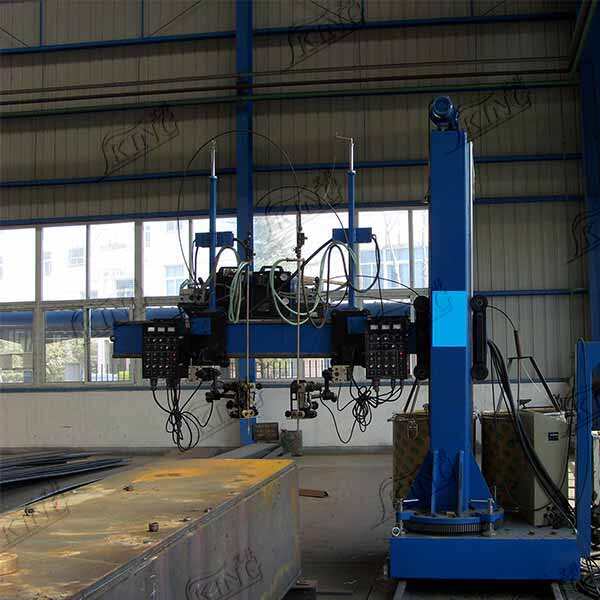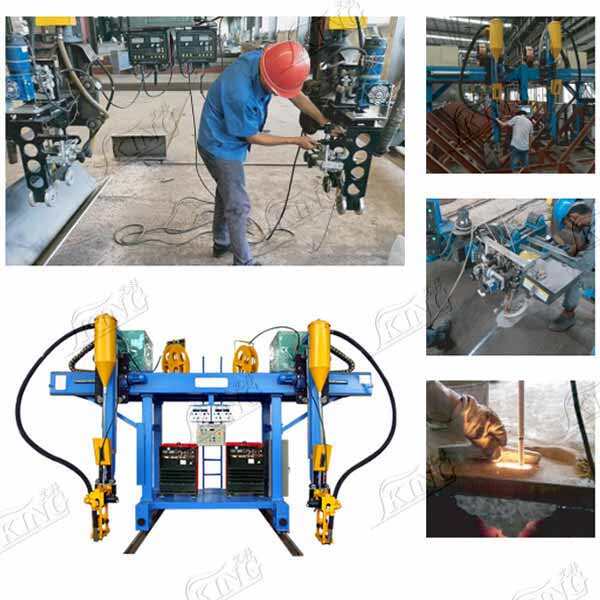electroslag welding technology guide
Electroslag welding technology guide represents a comprehensive approach to vertical welding processes, specifically designed for thick materials in industrial applications. This advanced welding method utilizes electrical resistance heating through a conductive slag bath to achieve deep penetration and superior weld quality. The guide covers essential aspects including the precise control of the molten slag pool, proper electrode positioning, and optimal parameter settings for various material thicknesses. It incorporates detailed instructions for preparing the welding setup, including the assembly of water-cooled copper shoes, flux composition selection, and wire feed rate calculations. The technology enables single-pass welding of materials ranging from 1 inch to 12 inches in thickness, making it particularly valuable for heavy industrial applications such as pressure vessel fabrication, shipbuilding, and large structural components. The guide also addresses critical factors such as heat input control, cooling rates, and metallurgical considerations that ensure consistent weld quality. Additionally, it includes troubleshooting procedures, maintenance protocols, and safety guidelines specific to electroslag welding operations.
